Timekeeping Function It can count seconds, minutes, hours, days, day of the week, date, month, and year, and has a leap year compensation function that is valid until 2099.
It supports both 12-hour and 24-hour clock formats. In the 12-hour mode, there is an AM/PM indicator.
Time can be represented in either binary or BCD format.
Alarm Function It has a time-of-day alarm that can be set to trigger once per second to once per day.
Interrupt Function It provides three maskable interrupts with a common interrupt output. Each interrupt can be separately masked and tested by software.
Square-Wave Output Function It has a programmable square-wave output signal, which can be used to provide clock signals for other components or for timing control.
Memory Function It has 114 bytes of general-purpose battery-backed static RAM, which can be used to store data and ensure data retention during power outages. In addition, there are 14 bytes of clock and control registers.
Power Management Function It can automatically detect power failure. When the primary power supply fails, it can automatically switch to a backup power supply to ensure the normal operation of the clock and the preservation of data in the RAM.
Bus Timing Selection Function It is selectable between Motorola and Intel bus timing, which can be adapted to different system bus architectures.
Daylight Saving Time Option It has an optional daylight saving time function, which can be adjusted according to the actual needs.


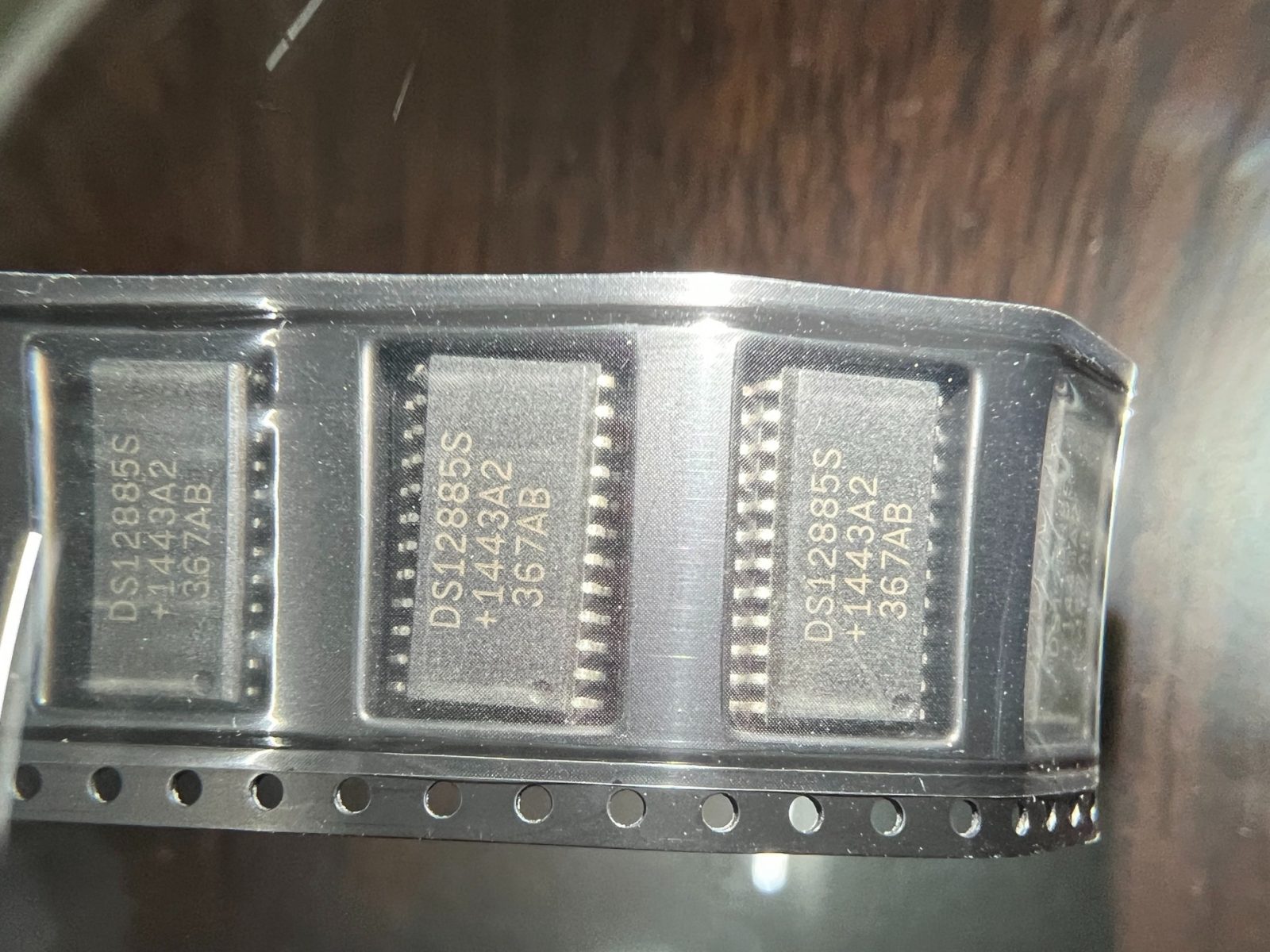
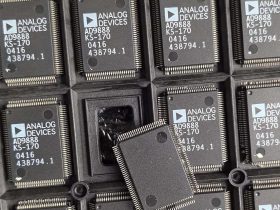



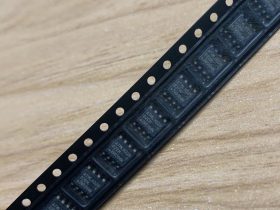
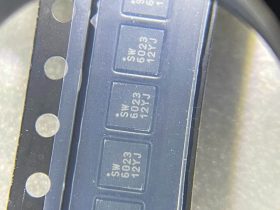
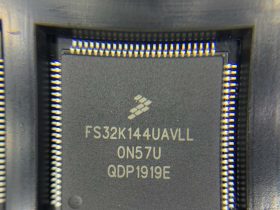
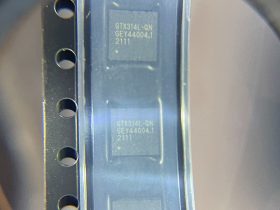
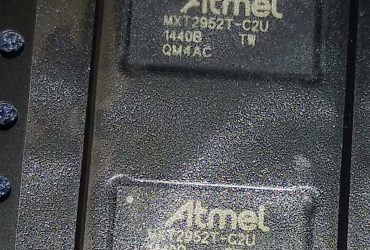
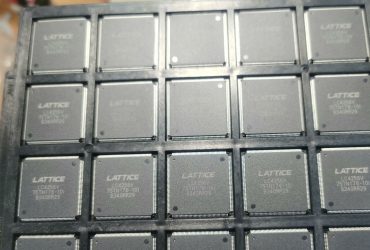
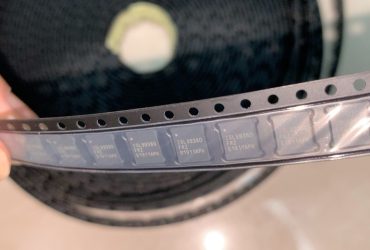
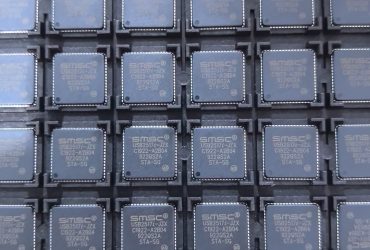
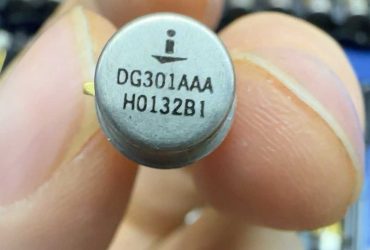
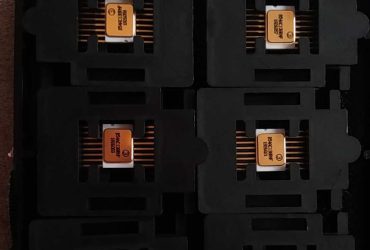
Leave a Reply